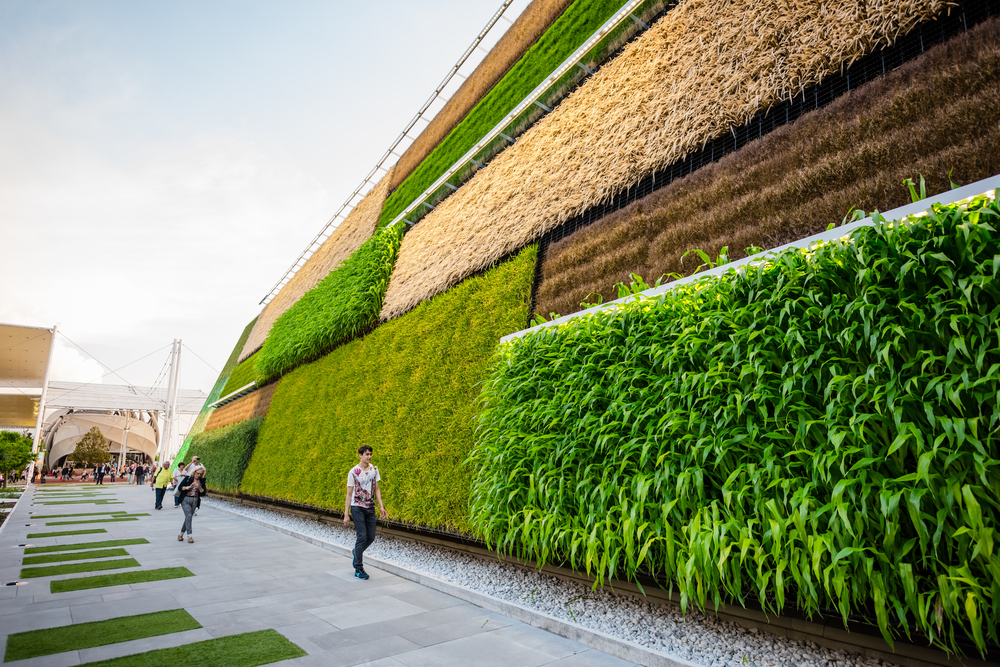
Introduction:
In the architectural domain, the embrace of sustainability signifies a pivotal shift in design ethos and construction methodologies. The ethos behind sustainable architecture is the assurance that our edifices and infrastructures coexist without disrupting or degrading ecosystems and populations for future generations. This pivot towards environmental mindfulness in architectural practices is not merely a reaction to escalating ecological predicaments but a commitment to fostering a more synergistic relationship with our planet.
The dynamic between architecture and the environment has transformed from one of dominion to a collaborative interplay, with structures designed not just to occupy but to enrich the landscape. Sustainable architecture endeavors to meld structural and MEP (Mechanical, Electrical, and Plumbing) systems into building designs that champion environmental stewardship. Terms such as green design, eco-design, and eco-friendly architecture all encapsulate this architectural philosophy aimed at ecological preservation.
Essential Tenets of Sustainable Architectural Design
Sustainable architecture, a broad term encompassing architectural styles and designs with minimized environmental footprints, incorporates several key facets:
1) Utilization of energy-efficient lighting and appliances.
2) Systems for effective heating, cooling, and ventilation.
3) Water-conserving plumbing installations.
4) Strategic window placement for optimal natural illumination.
5) Rainwater collection systems.
6) Gray water recycling.
7) Landscaping with indigenous flora.
8) Integration of renewable energy sources like solar and wind.
9) Preference for local building materials to reduce transport costs and emissions.
10) Incorporation of existing structures and recycled materials.
Architects dedicated to green design tirelessly seek novel methods to elevate building sustainability without compromising functionality. The role of innovation and technological advancement is pivotal in realizing these aspirations.
Challenges in Eco-Responsive Architectural Advisory
In the realm of eco-responsive architectural practices, practitioners grapple with multifaceted challenges encompassing fiscal, regulatory, and resource procurement issues. The outlay of eco-conscious materials and innovative technologies frequently overshadows traditional construction expenditures. Legislative frameworks and urban planning regulations often trail behind in embracing eco-centric design methodologies. Additionally, the procurement of environmentally considerate materials can be sporadic.
Addressing societal misconceptions
Addressing societal misconceptions about the aesthetic appeal and fiscal implications of eco-centric designs remains a significant obstacle. Dispelling these erroneous beliefs and enlightening the populace about the enduring advantages of environmentally attuned architecture is pivotal for its broader acceptance.
Innovative Trajectories in Sustainable Architectural Ventures
Notwithstanding these impediments, many architectural endeavors demonstrate the practicality and merits of sustainable interior design. The Bullitt Center in Seattle stands as a beacon of net-positive architectural innovation, replete with a suite of sustainable attributes. Looking ahead, the trajectory of sustainable architecture teems with promise, marked by ventures such as integrating biophilic design elements to augment human wellness and utilizing 3D printing technology in fabricating eco-beneficial construction materials..
Pivotal Contributions of Architects and Urban Designers in Promoting Sustainability
Architects and urban designers are at the vanguard of championing sustainability within the built milieu. Their dedication to adopting and promoting eco-sensitive designs, coupled with their efforts in educating clients and the general populace about the virtues of sustainable architecture, is indispensable. The journey toward sustainable design is intrinsically interdisciplinary, mandating collaborative endeavors across diverse disciplines, including engineering, construction, and ecological sciences.
Positive Community Reverberations of Sustainable Architectural Design
Sustainable architectural concepts exert a profoundly beneficial impact on community environments and urban tapestries. Structures grounded in eco-friendly principles can markedly improve indoor air quality, reduce energy consumption, and foster salubrious and comforting living environments. Beyond the confines of individual structures, sustainable architecture catalyzes the rejuvenation of urban spaces and fosters community participation in design and construction initiatives.
Conclusion
Sustainable architecture emerges as a pivotal paradigm, elegantly fusing the enchantment of design with ecological prudence. Its foundational principles, ranging from energy conservation to the thoughtful selection of sustainable materials, are vital to the fruition of this vision. Despite the challenges that abound, the burgeoning domain of sustainable architecture, underscored by triumphant projects and the critical role of architects and urban planners, manifests the achievable and beneficial nature of this environmentally aware approach.
Also Read
Bridging Aesthetics And Mechanics: Exploring Architectural Engineering
Innovative Architectural Consultants in Dubai: Blueprinting the Future
